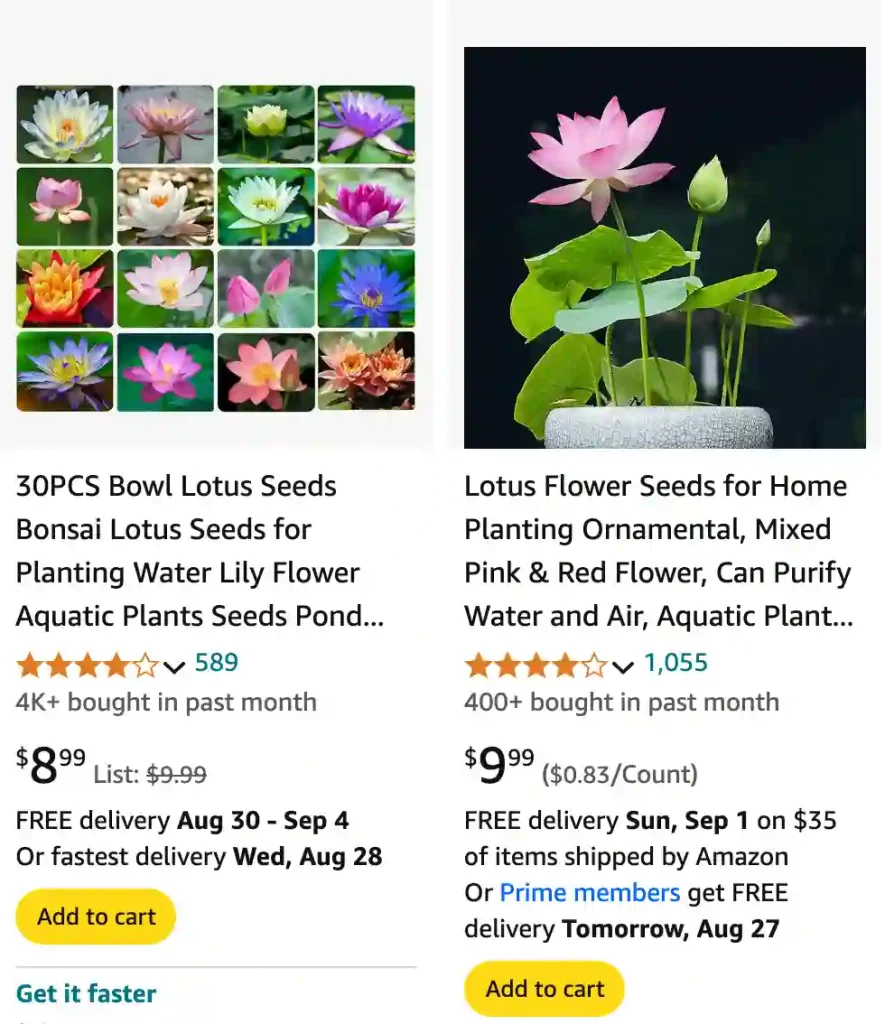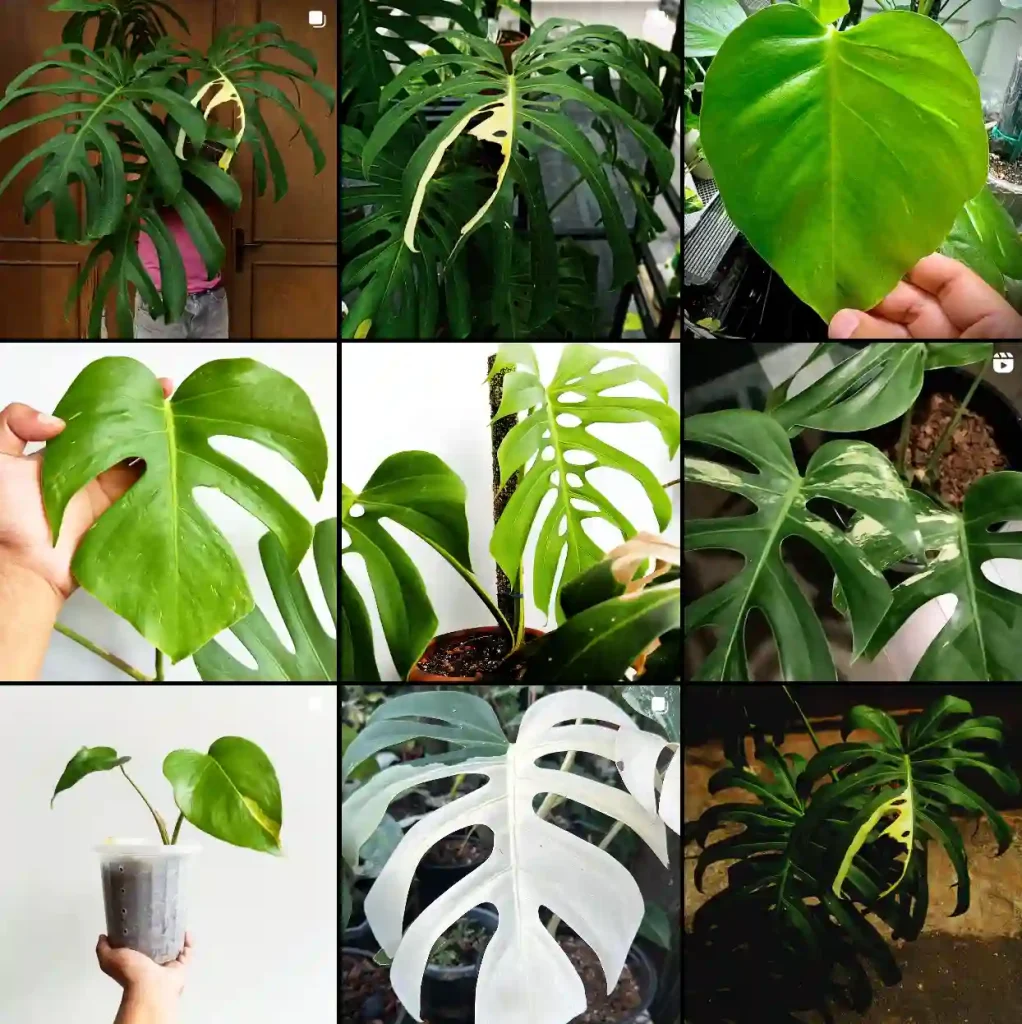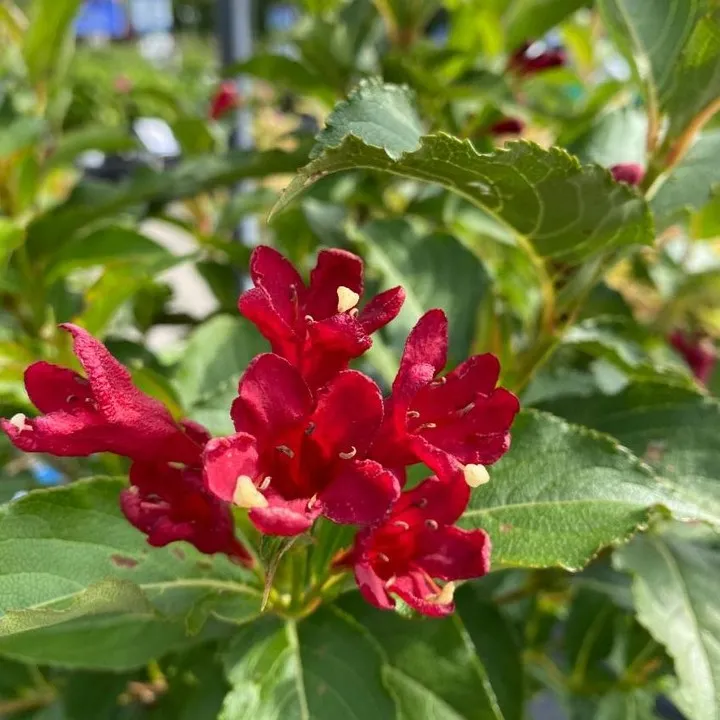
What Is Nelumbo Nucifera?
Let me start with the basics. Nelumbo Nucifera is the scientific name for the sacred lotus, a perennial aquatic plant native to Asia and Australia. It thrives in still, shallow waters such as ponds and lakes. This plant is famous for its large, beautiful flowers that bloom above the water surface, symbolizing purity and enlightenment in many cultures, especially in Buddhism and Hinduism.
Unlike water lilies, which float on the water surface, the leaves and flowers of Nelumbo Nucifera stand tall above the water, supported by long, sturdy stems. The plant is also remarkable for its seed pods, which look like a showerhead and produce seeds that can remain viable for decades.
How to Grow a Lotus Plant from Seed?
Growing a Lotus plant from seed can be a rewarding process, but it requires patience and some specific steps. Start by soaking the seeds in warm water for 24 hours to soften the hard outer shell. Next, use a knife or sandpaper to gently scarify the seed coat, which helps with germination. Plant the seeds in a shallow container filled with a mix of aquatic plant soil and sand. Place the container in a sunny spot with warm water, ideally around 75°F (24°C). It can take several weeks for seeds to sprout, so don’t lose hope if you don’t see immediate results.
Where Can I Buy a Lotus Plant?
Lotus plants are available at various sources, both online and in physical stores. You can find them at specialized garden centers, aquatic plant nurseries, and online retailers like Amazon or Etsy. When buying, make sure to choose a reputable seller to ensure you receive a healthy plant. If you prefer a specific variety or need advice on care, local garden centers with aquatic plant sections can be a good option.
What is Lotus Plant Energy?
The term “Lotus plant energy” often refers to the symbolic and spiritual significance of the Lotus plant. In many cultures, particularly in Asian traditions, the Lotus symbolizes purity, enlightenment, and rebirth. Its ability to rise clean and beautiful from muddy waters makes it a powerful symbol of overcoming challenges and achieving spiritual awakening. This symbolism can also inspire a sense of calm and peace in a garden setting.
Can Lotus Plant Grow Without Soil?
Lotus plants are aquatic and thrive in water, but they do need a substrate to anchor their roots. While they don’t need traditional soil, they do require a specialized aquatic soil or a mix of clay and sand. The soil provides stability and nutrients for the plant. You can grow Lotus in a container with a water and soil mixture or in a pond with the appropriate soil at the bottom.
How to Care for Lotus Plant?
Caring for a Lotus plant involves several key practices:
- Water Quality: Ensure the water remains clean and free of debris. Change the water periodically to keep it fresh.
- Sunlight: Lotus plants need full sun exposure for at least 6 hours a day to thrive.
- Temperature: They prefer warm temperatures, ideally between 75°F to 85°F (24°C to 29°C).
- Pruning: Remove dead leaves and flowers to encourage new growth and prevent disease.
How to Fertilize Lotus Plant?
Fertilizing Lotus plants is crucial for their growth and flowering. Use a slow-release aquatic plant fertilizer or pond tablets designed for Lotus and water lilies. Apply the fertilizer during the growing season (spring through summer) every 4 to 6 weeks. Avoid over-fertilizing as it can lead to algae growth and poor plant health.
How to Grow Lotus Plant Indoors?
Growing a Lotus plant indoors is possible but requires creating a suitable environment. Use a large container with aquatic plant soil and place it in a bright location with full sunlight or under grow lights. Maintain warm water temperatures and ensure proper water filtration. Indoor growth may be limited compared to outdoor conditions, but with the right care, your Lotus can still thrive.
How to Repot Lotus Plant?
Repotting Lotus plants is necessary when they outgrow their container or if the soil becomes depleted. Carefully remove the plant from its pot, taking care not to damage the roots. Trim any damaged or overly long roots before placing the plant in a new container with fresh aquatic soil. Ensure the new pot is large enough to accommodate the plant’s growth and maintain the same water level as before.
How to Winterize Lotus Plant?
Winterizing a Lotus plant depends on your climate. In colder regions, you’ll need to bring the plant indoors or move it to a heated greenhouse. Reduce watering and keep the plant in a cool, dark location. For outdoor ponds, you can sink the pot to a deeper part of the pond where temperatures are more stable. In mild climates, Lotus plants can often survive the winter in the pond with minimal protection.
What Does the Lotus Plant Symbolize?
The Lotus plant symbolizes purity, rebirth, and enlightenment in various cultures. It is often associated with spiritual awakening and overcoming obstacles, reflecting its ability to rise beautifully from muddy waters. In Hinduism and Buddhism, the Lotus is a sacred symbol representing divine beauty and the path to spiritual awakening.
Lotus vs Water Lily
While Lotus and Water Lily are often confused, they are distinct plants. Lotus plants (Nelumbo) have large, rounded leaves and prominent flowers that rise above the water surface. Water Lilies (Nymphaea), on the other hand, have floating leaves and flowers that lie flat on the water. Both are beautiful and add charm to aquatic gardens, but they have different growth habits and needs.
Lotus vs Lily Pad
The term “Lily Pad” often refers to the leaves of Water Lilies, which float on the water’s surface. In contrast, Lotus leaves are more upright and have a unique shape. Both plants provide aesthetic appeal and habitat benefits for aquatic life, but their physical characteristics and care requirements are different.
How to Propagate Lotus Plants?
Lotus plants can be propagated through division. When repotting, separate the tubers into smaller sections, each with roots and shoots. Replant these sections in individual pots with fresh aquatic soil and water.
What to Plant with Lotus?
Lotus plants can be paired with other aquatic plants like Water Lilies, Pickerel Rush, or Water Hyacinth. These companions can enhance the visual appeal of your water garden and provide a balanced aquatic ecosystem.
Is the Lotus Plant Toxic?
Lotus plants are generally not considered toxic. However, as with many plants, it’s best to keep them out of reach of pets and small children to avoid any potential ingestion issues.
Common Problems with Lotus Plants
Common issues include algae growth, which can be managed with proper water management and regular cleaning. Watch out for pests like aphids or snails, which can affect plant health.
Growing and caring for Lotus plants can be a fulfilling experience, whether you’re cultivating them in a pond or as an indoor feature. With the right knowledge and care, these stunning plants can thrive and bring beauty and symbolism to your space.
If i die, water my plants!



